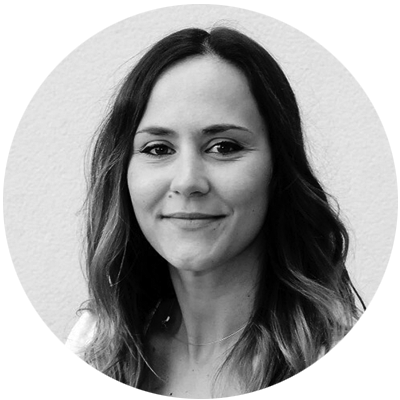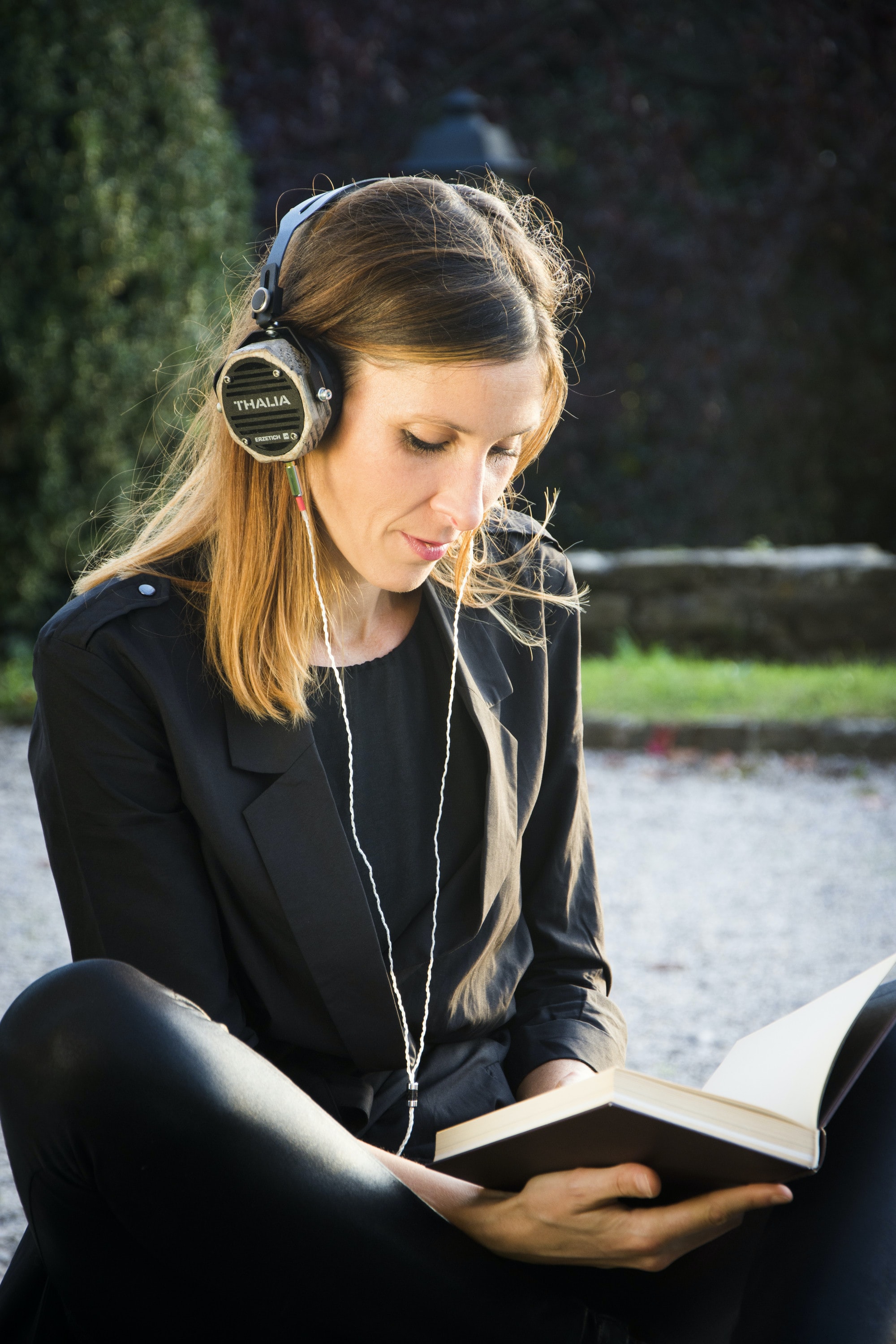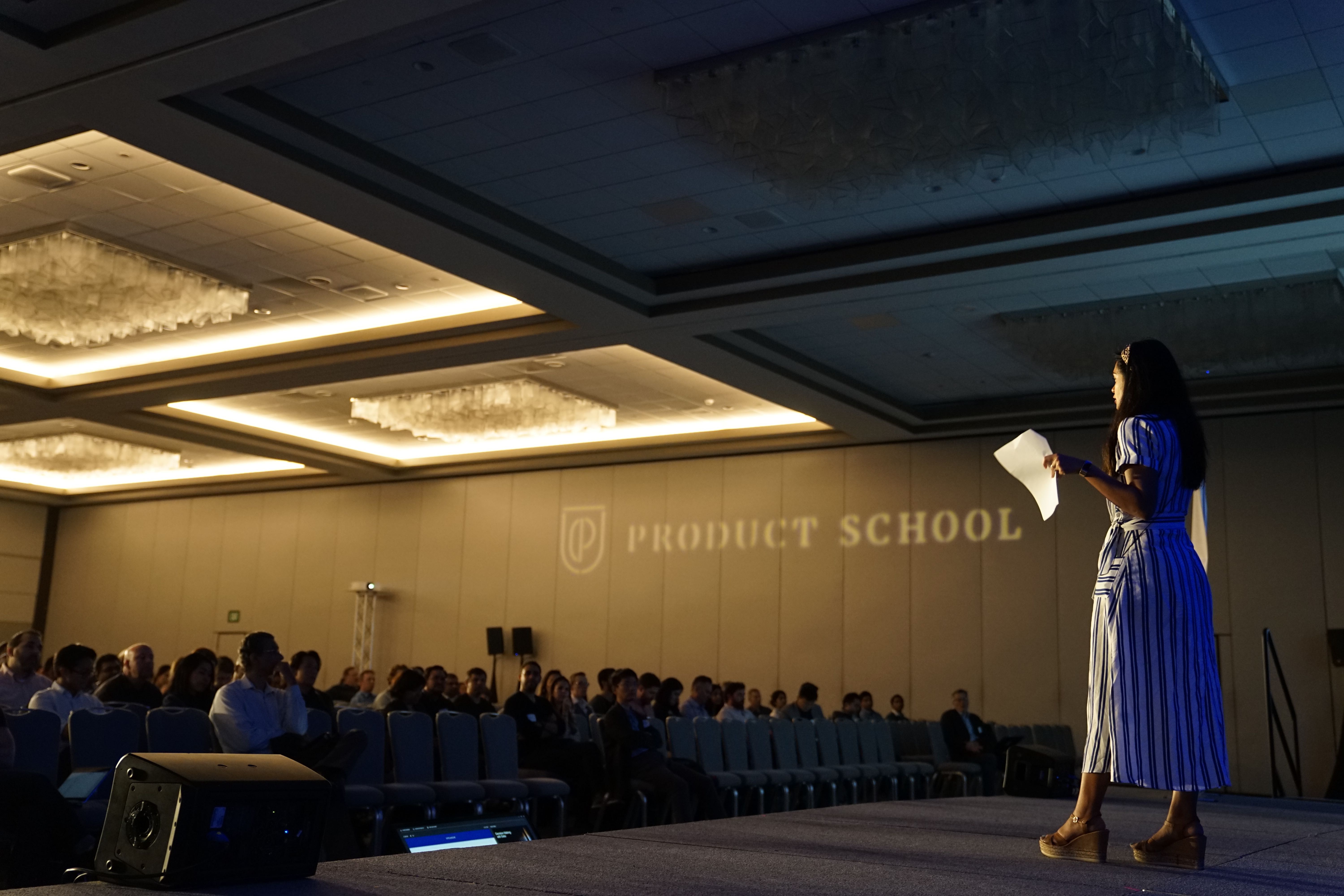Product
7 Do’s and Don'ts for Audio Content
Discover ✓ How to introduce audio to your media mix ✓ 7 Do's and Don'ts for creating and promoting audio content ► Learn more here!

Maria Chatzi, Product Owner
October 13, 2023

Audio is here to stay. In fact, audio has been in our lives for a long long time, but it appears that with the rise of podcasts, smart speakers and connected cars, audio is now a companion to our daily lives.
Watching a video captures your attention arguably, but this comes at some cost: you need to be pinned to your screen. On the contrary, you can listen to a podcast while doing your chores, working or exercising. What’s more, audio enhances these screenless experiences, offering new opportunities for marketers to connect.
"Audio is flexible, ever-present and unique in its ability to follow a user around their day."
Audio has a lot of added benefits: it’s flexible, ever-present and unique in its ability to follow a user around their day. If you are one of the converted, and would like to know more about how to create content for your audio ventures that will sound and flow naturally for your listeners and prospective clients, keep reading!
Experience has shown that written speech and spoken words follow completely different structures and rules. For example, long pauses, emphatic words and overly complicated, technical terms are usually things to avoid when creating audio. First of all, of course your creativity and writing skills are key. When using an audio creation platform such as Aflorithmic however, you will appreciate some additional practical advice on how to make the most of that newly offered technology.
Let’s look at some examples of do’s and don'ts for creating great audio content:
1. DO...
Try to write in a natural flow. Write as you would speak using commas and pauses to mimic your speech flow. That way you keep your listeners engaged and your script sounding natural.
2. DO...
Keep sentences short. I'm guilty of this myself sometimes, even in this article. Be better than me and make it easy for your listeners to follow the storyline.
3. DON'T...
Add lots of exclamation points, hyphen and pauses. They make it hard to follow your thoughts as they are designed to be used in written text. Instead, try to reword your thoughts and put them into short and precise sentences.
4. DO...
Keep the message short overall (500 words maximum, this would produce approximately 3 minutes of audio). This is particularly important when creating marketing or commercial content.
5. DO...
Use different paragraphs when you change subjects. Not only will it help you to organize your thoughts and structure, but it will also help the listener to follow along. Ignore this rule and you will lose their attention.
6. DO
Choose a voice and role of the speaker (Team Member, Virtual Assistant, yourself) before you write your content. This will help you adapt it even more successfully and write a more compelling script.
7. DON'T...
Promote services by including monetary values (i.e. ‘’Get my book copy only for $19.99 for a limited time’’). As tempting as it might be, it makes the message less authentic and personalized. Try and reinforce the notion that each customer is special and will get a discount/offer that will be tailored to their needs, rather than a generic offer.

Education is an excellent use case for audio content.
Listen, there are always more things to consider when choosing to turn your content to audio, but this comprehensive guide covers the very basics. With time and practice, it will all come natural! Our team at Aflorithmic will always be there to guide you through and help you perfect and fine-tune your content to fit your needs!
About: AudioStack is a London/Barcelona-based technology company. Its platform enables fully automated, scalable audio production by using synthetic media, voice cloning, and audio mastering, to then deliver it on any device, such as websites, mobile apps, or smart speakers. With this Audio-As-A-Service, anybody can create beautiful sounding audio, starting from a simple text to including music and complex audio engineering without any previous experience required. The team consists of highly skilled specialists in machine learning, software development, voice synthesizing, AI research, audio engineering, and product development.
About AudioStack
AudioStack is the world's leading end-to-end enterprise solution for AI audio production. Our proprietary technology connects AI-powered media creation forms such as AI script generation, text-to-speech, speech-to-speech, generative music, and dynamic versioning. AudioStack unlocks cost and time-efficient audio that is addressable at scale, without compromising on quality.
